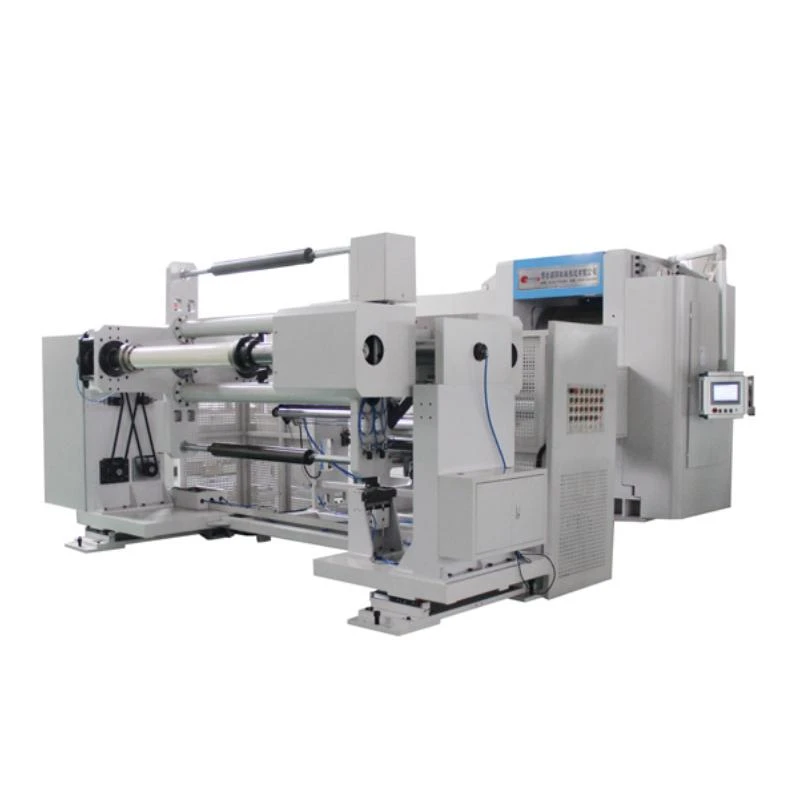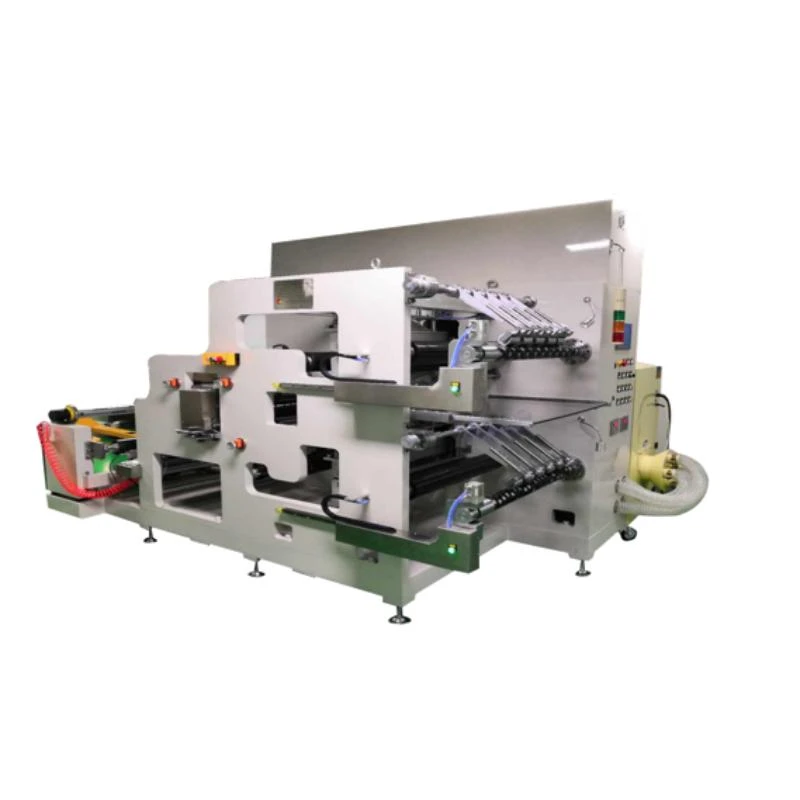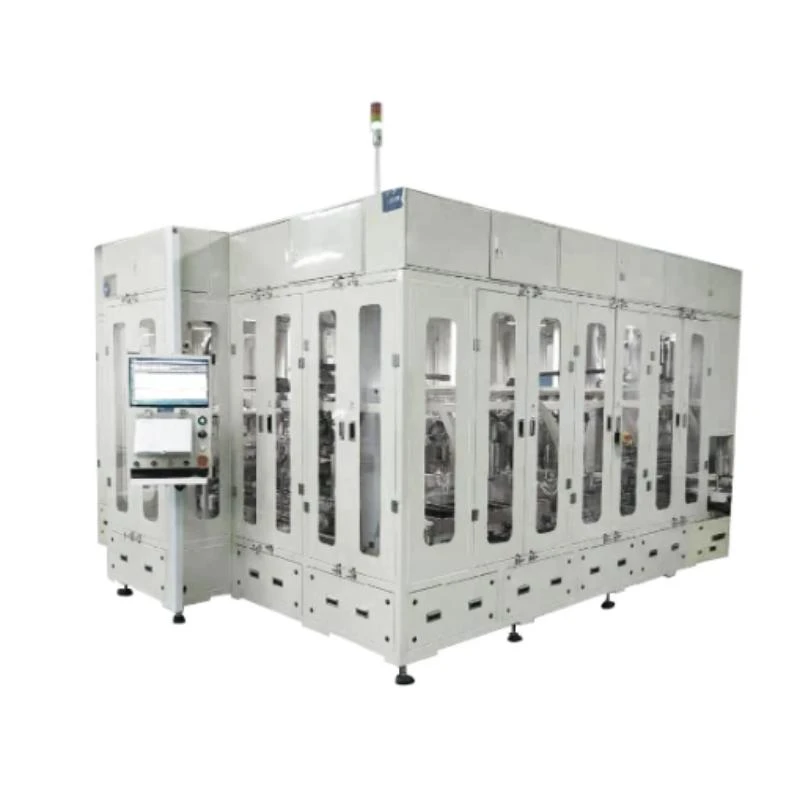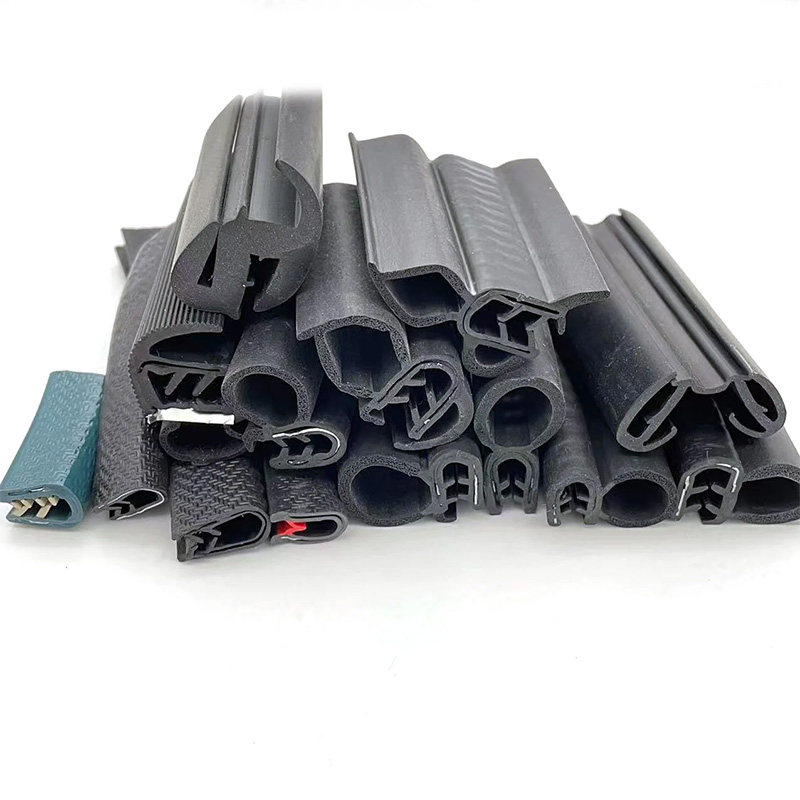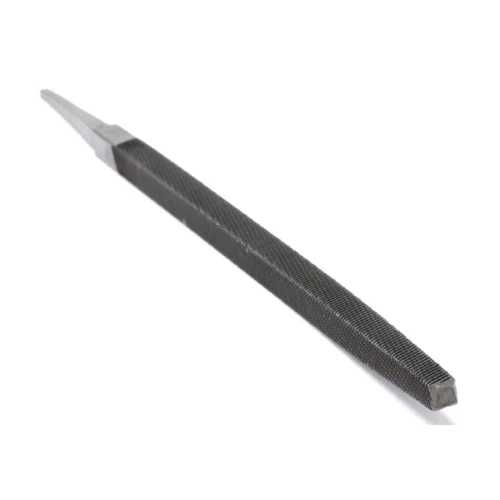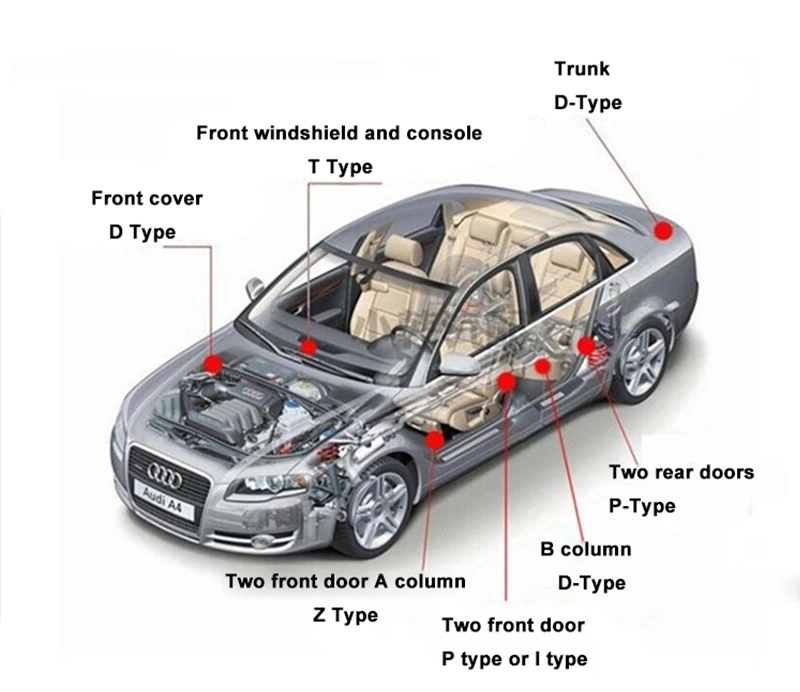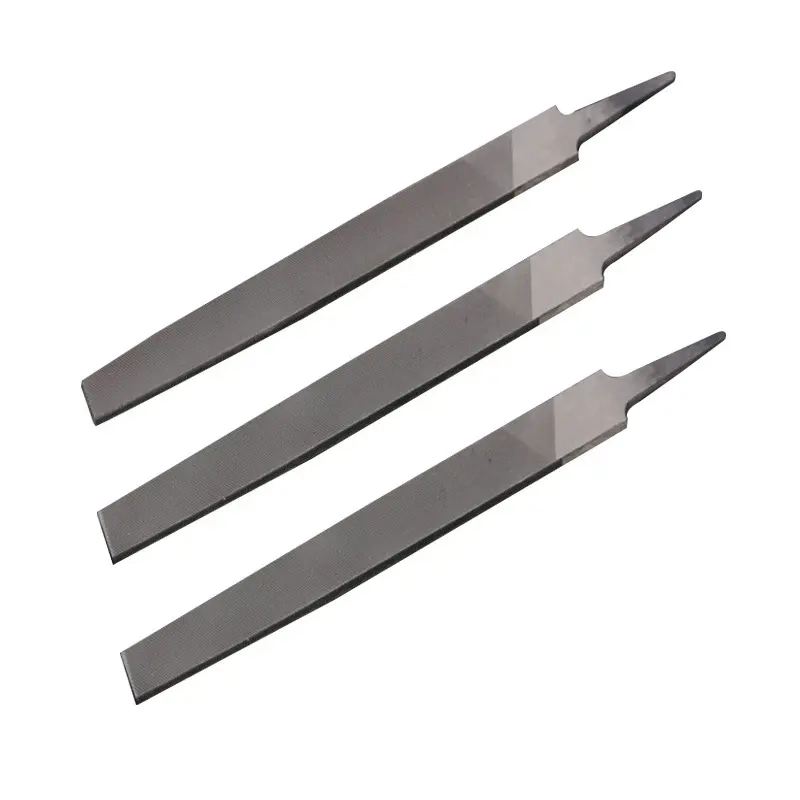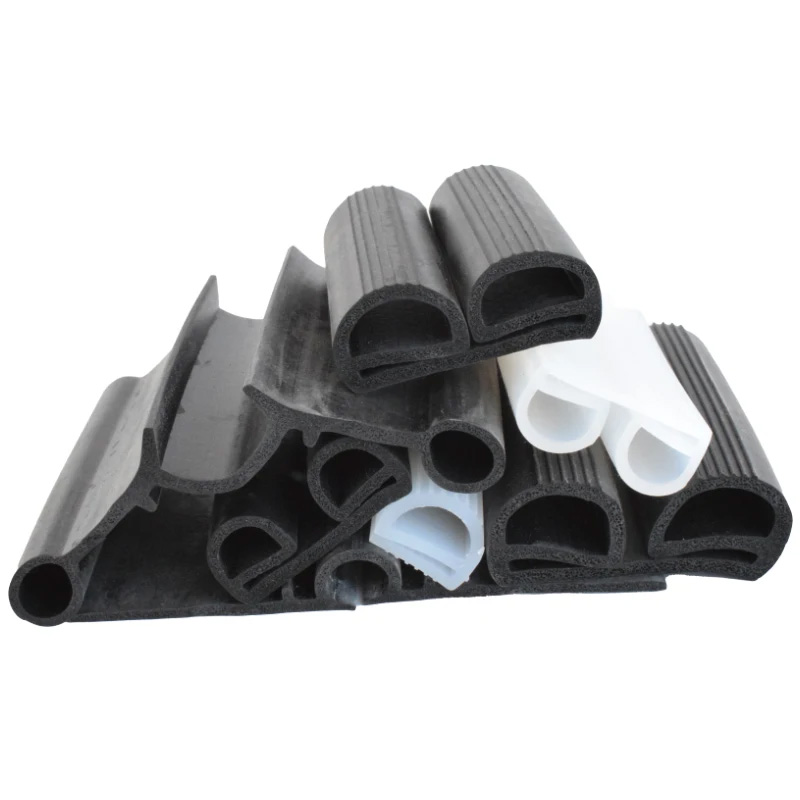Superior Clumping Bentonite Cat Litter for Odor Control
The Advanced Science of bentonite cat litter: Industry Trends and Technical Superiority
The pet care industry is witnessing a significant evolution, with consumers increasingly prioritizing product efficacy, safety, and environmental impact. Within this landscape, bentonite cat litter stands out as a cornerstone product, primarily due to its exceptional clumping capabilities and superior odor control. This sophisticated material, derived from natural bentonite clay, offers a highly absorbent and user-friendly solution for pet owners worldwide. Recent market analyses indicate a steady growth trajectory for bentonite litter, driven by rising pet ownership, urbanization, and a greater emphasis on indoor air quality. Understanding the intricate technical parameters and manufacturing processes of premium bentonite litter products is crucial for B2B stakeholders, allowing for informed decisions regarding procurement, distribution, and product development within a competitive global market.
The global bentonite clay cat litter market size was valued at approximately USD 6.5 billion in 2023 and is projected to reach USD 9.0 billion by 2030, growing at a Compound Annual Growth Rate (CAGR) of 4.5%. This growth is predominantly fueled by the increasing demand for high-performance litter solutions that offer robust clumping, dust-free environments, and effective odor encapsulation. Key industry trends include the development of lighter-weight formulations, multi-cat specific litters, and enhanced activated carbon additives for superior odor neutralization. Manufacturers are also focusing on sustainable sourcing and production methods to meet evolving consumer expectations for eco-friendly pet products, further solidifying the position of bentonite clay litter as a leading choice.
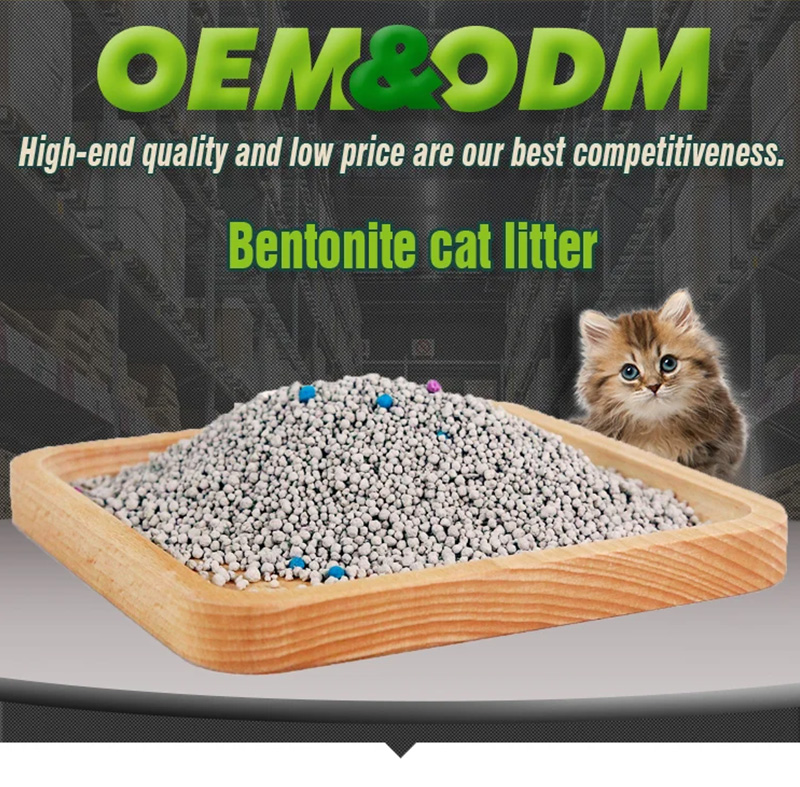
Precision Manufacturing: The Production Process of Bentonite Litter for Cats
The Meticulous Crafting of High-Quality Bentonite Clumping Cat Litter
The production of high-quality bentonite litter is a multi-stage process, demanding precision and adherence to strict quality control protocols. Unlike industrial components that undergo casting or CNC machining, bentonite cat litter production focuses on optimizing the inherent properties of bentonite clay through mechanical and chemical treatments. The primary raw material, sodium bentonite, is renowned for its montmorillonite content, which is crucial for its high cation exchange capacity and exceptional water absorption. This meticulous process ensures that the final product, bentonite kitty litter, meets stringent performance benchmarks for absorbency, clumping strength, and dust control, providing an optimal solution for pet hygiene.
Manufacturing Process Steps:
- Raw Material Sourcing & Crushing: High-grade sodium bentonite clay is sourced from specific geological deposits. Large lumps of clay are then fed into primary crushers to reduce their size, followed by secondary crushers for further comminution into smaller fragments, typically less than 25mm.
- Drying: The crushed bentonite is transported to rotary dryers, where moisture content is carefully reduced to an optimal level (typically 8-12%). This step is critical for preventing mold growth, enhancing absorption capacity, and preparing the material for subsequent processing. Precise temperature control is essential to avoid altering the clay's chemical structure.
- Grinding & Milling: The dried bentonite is then pulverized into a fine powder using roller mills or ball mills. This fine powder consistency is crucial for uniform granulation and maximizing surface area for absorption.
- Granulation & Pelletizing: The powdered bentonite is mixed with a precise amount of water and often a binding agent in a granulator or pelletizing disc. This process forms uniform granules or pellets of desired size (e.g., 0.5mm to 4.0mm). This step directly influences clumping performance and dust levels.
- Screening & Sieving: Post-granulation, the material passes through multi-deck sieves to separate granules by size. Oversized and undersized particles are typically recycled back into the crushing or grinding stages, ensuring product consistency.
- Additive Blending (Optional): At this stage, various additives such as activated carbon for enhanced odor control, antimicrobial agents, or fragrances can be precisely blended with the bentonite granules.
- Quality Control & Packaging: Final products undergo rigorous testing for parameters like moisture content, absorption rate, clumping strength, dust levels, and odor control efficacy. Once approved, the finished bentonite clay litter is then packaged into various sizes (e.g., 5kg, 10kg, 20kg bags) for distribution.
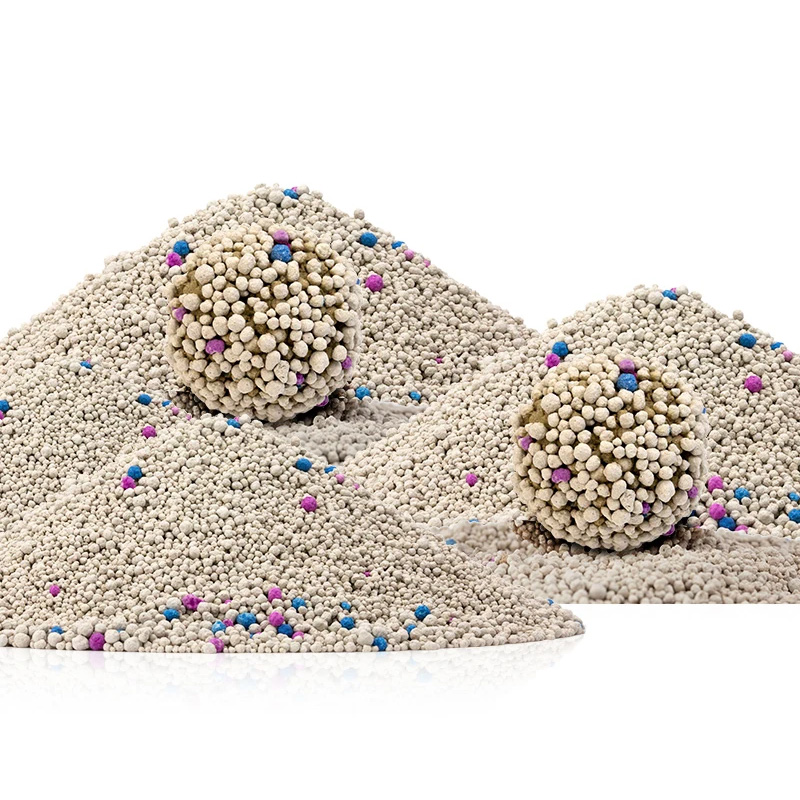
The entire manufacturing process adheres to strict quality control standards, including internal protocols and often external certifications such as ISO 9001 for quality management systems. This ensures that each batch of bentonite clay cat litter consistently meets or exceeds industry benchmarks for performance and safety. In typical application scenarios, such as high-traffic cat households, the superior clumping and odor absorption properties of this litter translate directly into reduced litter consumption and less frequent tray cleaning, offering significant benefits to the end-user.
Technical Specifications and Performance Metrics of Bentonite Litter
For B2B buyers, understanding the precise technical specifications of bentonite litter for cats is paramount for ensuring product quality and market competitiveness. Key performance indicators (KPIs) include absorption rate, clumping strength, dust content, and specific gravity. High-quality bentonite clumping cat litter typically exhibits an absorption rate of 300% or more, meaning 1 kg of litter can absorb at least 3 kg of liquid. Clumping strength is measured by the ability of the litter to form compact, easily scoopable clumps that do not crumble when disturbed, minimizing waste and maintaining cleanliness.
Comparative Analysis of Bentonite Cat Litter Performance
| Parameter | Standard Quality Bentonite Litter | Premium Grade Bentonite Cat Litter | Benefit to End User |
|---|---|---|---|
| Absorption Rate (Water) | 250% - 300% | 350% - 400%+ | Less litter usage, longer lasting tray. |
| Clumping Strength (mL water for 50g litter) | Requires 20-25mL | Requires 15-20mL | Stronger, compact clumps; easier scooping; minimal waste. |
| Dust Level (Sieving) | < 1.5% | < 0.5% (99.5% dust-free) | Healthier for pets and owners; cleaner home environment. |
| Odor Control (Ammonia Neutralization) | Moderate | Excellent (with activated carbon/natural minerals) | Superior freshness; eliminates unpleasant smells. |
| Particle Size Range | 0.5mm - 4.0mm (mixed) | 0.5mm - 2.5mm (uniform) | Softer on paws; reduces tracking. |
| Moisture Content | ~10-12% | ~8-10% | Optimized for clumping; inhibits bacterial growth. |
This table highlights the tangible benefits of investing in premium bentonite clay litter. Enhanced absorption rates lead to less frequent litter changes, translating into cost savings for consumers and higher satisfaction. Superior clumping strength means less wasted litter and more efficient cleaning. Furthermore, ultra-low dust formulations are critical for mitigating respiratory issues in both pets and humans, making these products a healthier choice for all living in the household.
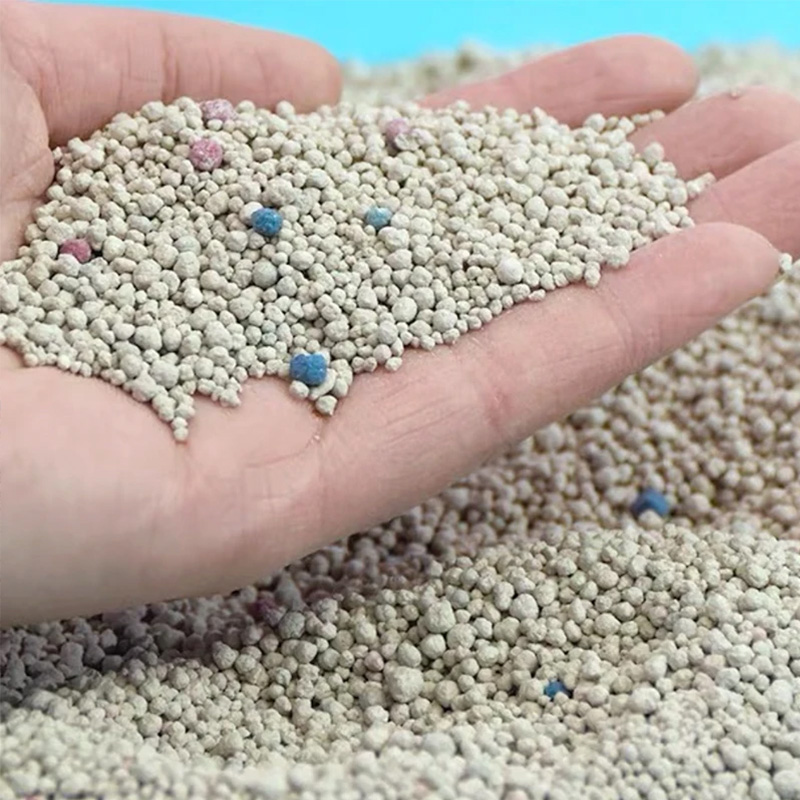
Tailored Solutions and Trustworthiness in Bentonite Cat Litter Supply
Beyond standardized products, the B2B market for bentonite cat litter increasingly demands customized solutions. This includes variations in granule size, scent profiles, additive formulations (e.g., activated carbon, baking soda, antimicrobial agents), and packaging options. A leading manufacturer can offer bespoke formulations to meet specific market demands, whether it's a super-premium low-dust formula for allergy-sensitive households or a high-odor-control solution for multi-cat environments. Our commitment to client success is underpinned by a robust infrastructure and a proven track record in delivering consistent quality.
Trust and Reliability: Our Commitment
- Quality Assurance: All our bentonite litter products undergo rigorous internal testing and adhere to international standards such as ISO 9001 for quality management. We conduct regular third-party lab testing to verify absorption rates, clumping strength, and dust levels, providing transparent data to our partners.
- Experienced Partnership: With over 15 years in the pet care raw material and finished product supply chain, we possess deep industry knowledge and logistical expertise to ensure seamless delivery and consistent product availability.
- Customized Solutions: From specific granule sizes to unique additive blends and private labeling, our R&D team works closely with clients to develop tailor-made bentonite clay cat litter products that capture specific market segments and consumer preferences.
- Efficient Delivery: We maintain a highly optimized supply chain, allowing for competitive lead times and reliable delivery schedules. Typical lead times for standard orders range from 15-20 business days, with expedited options available for urgent requirements.
- Comprehensive Support: Our dedicated customer support team is available 24/7 to address any inquiries, provide technical assistance, and facilitate smooth order processing from inquiry to post-delivery support.
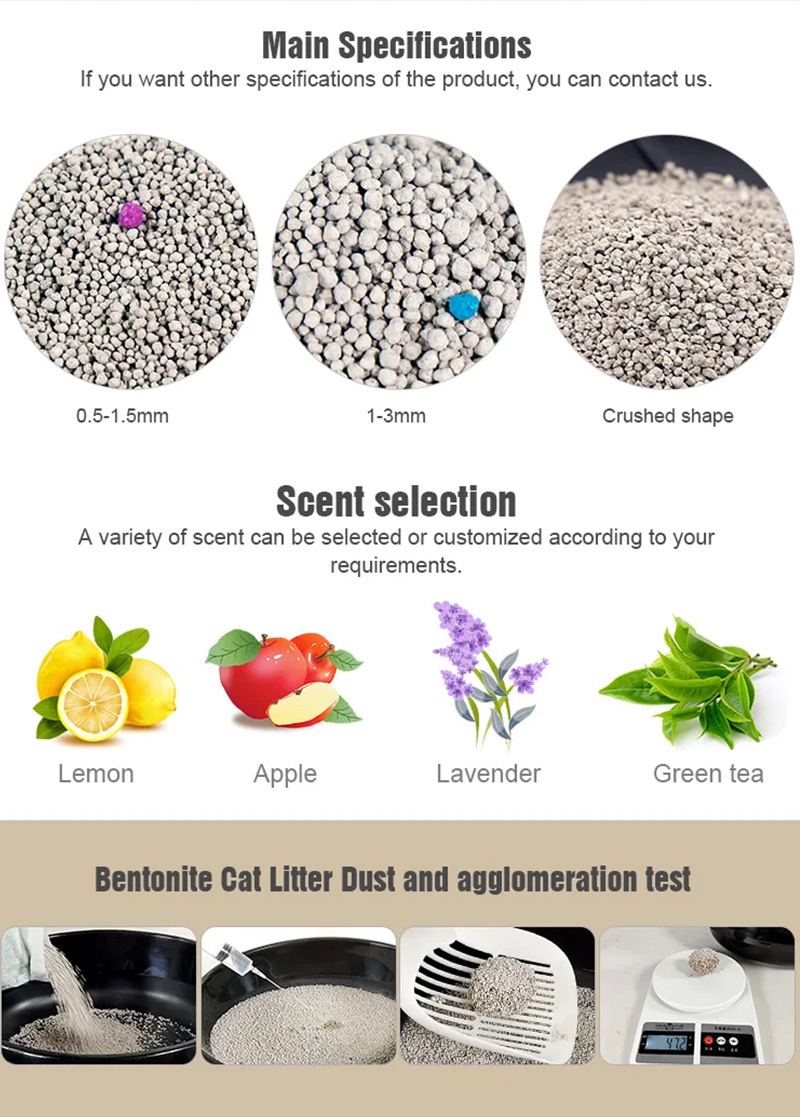
Frequently Asked Questions (FAQ) about Bentonite Cat Litter
Q1: What makes bentonite cat litter superior for clumping?
A1: The primary reason for the superior clumping ability of bentonite cat litter lies in its main component: sodium bentonite clay. This specific type of clay is rich in montmorillonite, a layered silicate mineral that can absorb up to 10-15 times its own weight in water. When exposed to liquid, the montmorillonite layers rapidly expand, creating a strong, compact, and scoopable clump that effectively encapsulates waste and odors. This exceptional hygroscopic property distinguishes bentonite from other litter materials like silica gel or wood pellets.
Q2: How does bentonite clay litter control odors?
A2: Bentonite clay litter controls odors through a combination of encapsulation and absorption. The strong clumping action traps urine and feces, preventing the release of ammonia and other volatile organic compounds (VOCs) into the air. Furthermore, the porous structure of bentonite clay itself provides a large surface area for absorbing odor molecules. Many premium bentonite litters also incorporate additional odor control agents, such as activated carbon, which chemically bind and neutralize odors, or natural minerals that act as molecular sieves, ensuring a fresh and clean environment.
Q3: What are the typical delivery times and warranty for bentonite litter orders?
A3: For standard bulk orders of bentonite clumping cat litter, our typical delivery lead time is 15-20 business days from order confirmation, depending on volume and destination. Expedited shipping options are available upon request. Regarding warranty, we offer a quality guarantee ensuring our products meet the agreed-upon technical specifications and are free from manufacturing defects. Any product found not conforming to specifications within a reasonable timeframe post-delivery will be subject to our standard return or replacement policy, ensuring customer satisfaction and product integrity.
References and Academic Insights
The scientific understanding of bentonite clay's properties underpins its widespread application in various industries, including pet care. The unique structural and chemical characteristics of montmorillonite are extensively studied in material science and environmental engineering.
- Grim, R. E. (1962). Applied Clay Mineralogy. McGraw-Hill.
- Murray, H. H. (2007). Applied Clay Mineralogy: Occurrences, Processing, and Applications of Kaolins, Bentonites, Palygorskite-Sepiolite, and Common Clays. Elsevier.
- Bergaya, F., Theng, B. K. G., & Lagaly, G. (Eds.). (2006). Handbook of Clay Science. Elsevier.
- Arias, M. E., & Salazar, F. J. (2012). Properties of Sodium Bentonite for Environmental Applications. International Journal of Mineral Processing.
Share
-
Lithium Battery Welding Machine | High-Precision, Fast, SafeNewsNov.17,2025
-
Aluminium Guide Roller | Anodized, Lightweight, Low-NoiseNewsNov.17,2025
-
Tofu Cat Litter Bulk – Eco, Low-Dust, Fast Clumping SupplyNewsNov.17,2025
-
Equipment for Lithium Cell Assembly | Automated & PreciseNewsNov.10,2025
-
Square File Tool – Precision Cut, Hardened Steel, VersatileNewsNov.10,2025
-
Lithium Ion Battery Assembly Machine | Automated, High-SpeedNewsNov.10,2025
